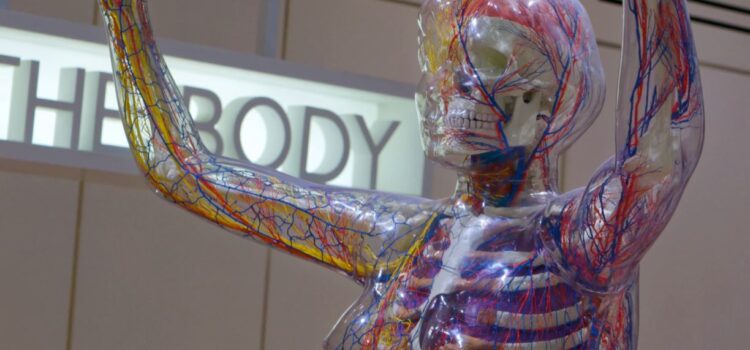Who is the Pixar founder? How did Ed Catmull get started in computer-generated animation? Ed Catmull, one of the Pixar founders, studied computer science at the University of Utah before working on computer animation at the New York Institute of Technology. As a Pixar founder, Catmull saw the company through its early struggles. Read more about Ed Catmull, Pixar founder, and the early years of Pixar.
The Pixar Founder: How Ed Catmull Got His Start










